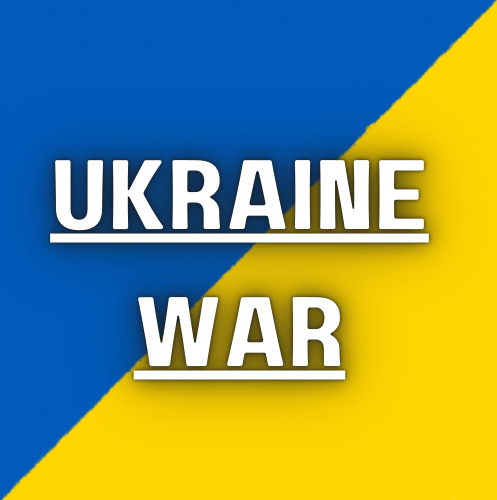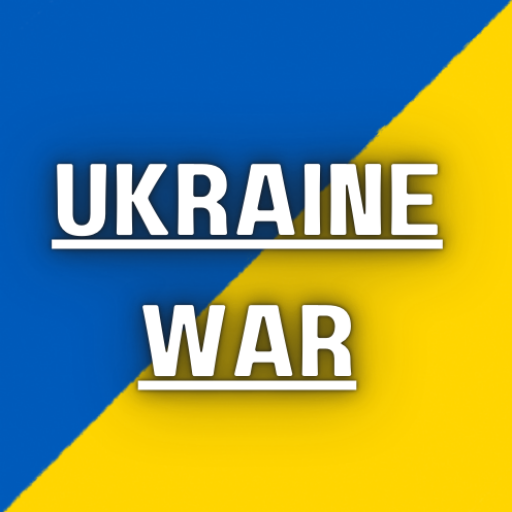⸻
- A conflict that gets bogd down militarily
• Failure of decisive offensives: Neither Russia nor Ukraine have succeeded in obtaining a lasting strategic breakthrough. The Russian army has consolidated some positions in the Donbass and the Sea of Azov, while the 2023 Ukrainian counteroffensive did not achieve its major objectives.
• War of attrition: The front has become static, marked by trenches, drones, artillery and missile strikes. Balance is based on the ability to hold out longer than the opponent.
• Resource asymmetry: Russia has a demographic and industrial superiority, while Ukraine depends on Western military aid to maintain its capabilities.
⸻
- Internal factors for belligerents
• Russia: Putin relies on Western « fatigue » and the normalization of the conflict. His regime has further hardened, consolidating a consensus around the war, at the cost of an increased militarization of the economy.
• Ukraine: Morale remains high, but social pressure, human losses and long-term uncertainty weaken resilience. Kiev must continuously negotiate with its partners to guarantee weapons, ammunition and financing.
⸻
- The decisive role of external support
• West: The EU and the United States continue to provide financial, military and diplomatic support, but public opinion shows signs of weariness. Election deadlines (in the United States and Europe) could weaken this unity.
• Russia and its partners: Moscow benefits from indirect support from countries such as China (dual technology, economic opportunities), Iran (drones), and North Korea (ammunition). This partially compensates for Western sanctions.
⸻
- Economic dimensions
• Russia: Despite the sanctions, the Russian economy is adapting via a readjustment towards Asia, a war economy and increased social control. But this strategy has long-term limits.
• Ukraine: The economy is bloodless, dependent on international aid and weakened by the destruction of infrastructure and the exodus of its working population.
• Europe: After an energy shock in 2022, the EU has partly diversified its supplies, but remains exposed to the consequences of a prolonged conflict.
⸻
- Diplomatic blockade
• Unreconcilable positions:
• Moscow demands recognition of its annexations.
• Kiev refuses any territorial concession and demands Russian withdrawal.
• Limited mediations: The initiatives of Turkey, China, or other emerging powers are struggling to create a space for negotiation.
• Waiting logic: Each side hopes to improve its balance of power before entering into possible discussions.
⸻
- Strategic Outlook
• Prolonged bogged down: The war could last several years, becoming a frozen or semi-intensive conflict.
• Western fatigue vs. Russian resilience: The outcome will largely depend on the ability of the allies to maintain their military and economic support for Kiev.
• Risk of escalation: Intensification of strikes against critical infrastructure, cyberattacks, or more direct involvement of certain external actors.
• Redefinition of the world order: This conflict accelerates polarization between blocs (West vs. Russia/China), strengthens the BRICS and weakens multilateralism.
⸻
In summary, the stirming of the Ukrainian conflict results from an unstable balance: Russian material superiority but Ukrainian dependence on the West, international weariness but lack of credible diplomatic outcome. It is a war of geopolitical attrition, where the final arbitration will perhaps come less from the battlefield than from the duration of Western solidarity and Russian resilience.


